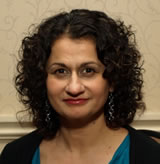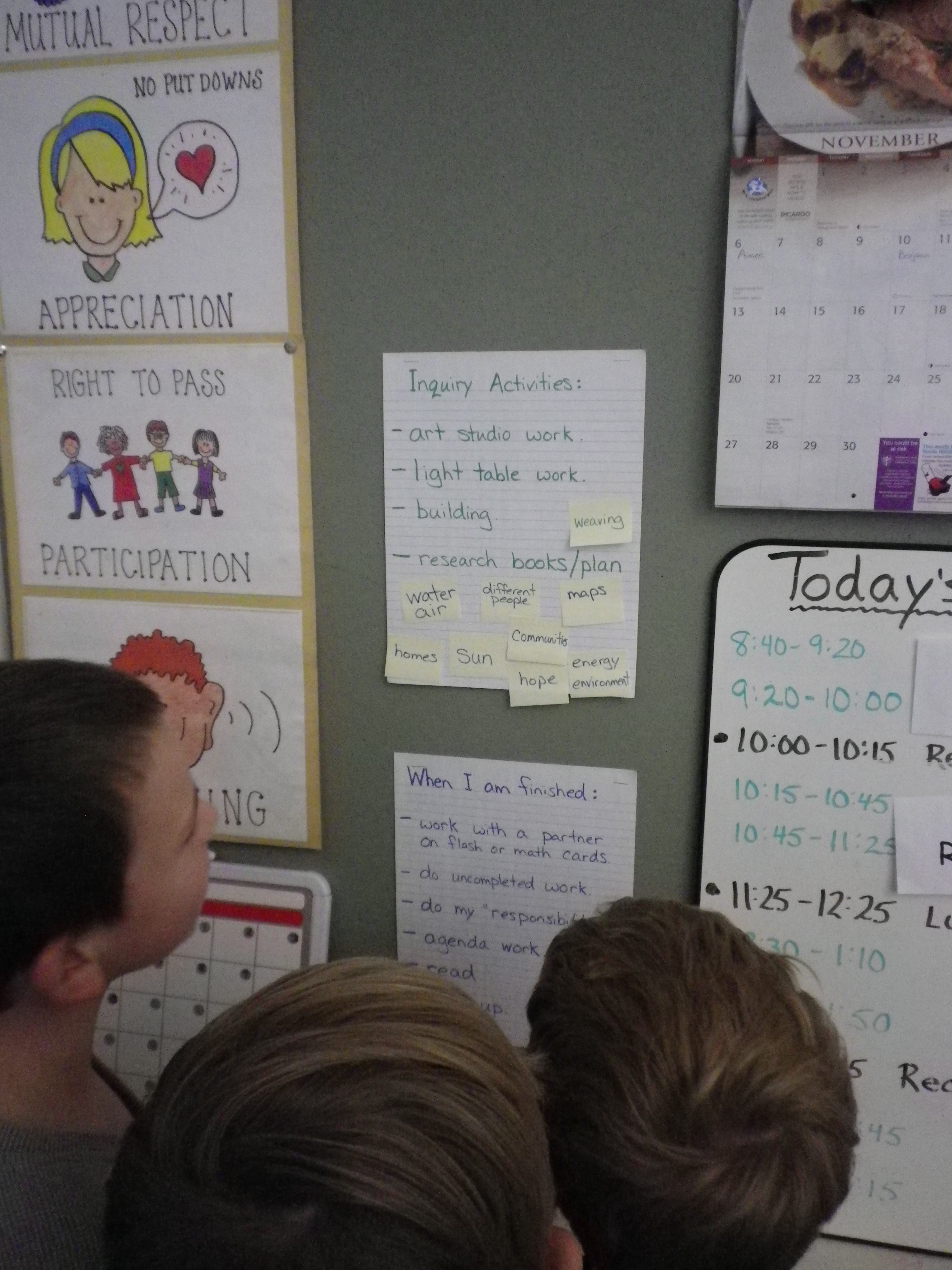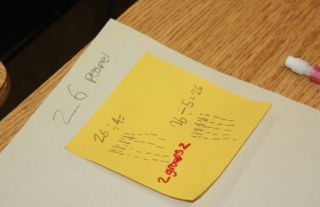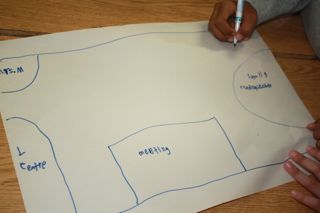Last week my Grade 1/2 classroom was open as a demonstration classroom. In the morning, we went through a condensed version of our regular day, and in the afternoon we debriefed in the staff room. Every time I attend or host a demonstration classroom, I feel energized. And with the end of the year approaching, some re-charing is beneficial.
What interests me, is the feedback from the visiting teachers. There is always the usual talk about curriculum planning, instructional strategies, and classroom environment. But last week, there were comments about how the children shared their thoughts and ideas, and how they listened to one another with respect and patience. The visiting teachers also noticed that while at the carpet for dicussion, some of the children sat on chairs they brought over from their desks, and a few got up to perform a quick task, such as check on a date in their agenda to confirm a fact.
Although I am aware of our daily sharing and community building, it has become so interwoven into the fabric of the day now that it is less obvious. However, I know that back in September we spent most of our time on routines, expectations, and classroom community building. In The Heart and Art of Teaching and Learning, all of Chapter 3 is devoted to Building Inclusion. There are other areas in the book that also provide ways to sustain community, such as the Morning Check In described on page 101. We started doing this exercise when we were studying our Big Idea, “What is Well-Being?” It gave us an opportunity to talk about how much sleep we had, whether family members were home or away, and how we felt in general. We have continued this in the morning – as it has informed us of one another’s feelings and encouraged empathy. Over the year we have also set limits but allowed a certain amount of movement, free choice, and variation to expectations throughout the day. This has resulted in a more engaged learning and responsibility for the children and less classroom management. Discussing with the visiting teachers the intentions in planning and community building that is needed in September, confirms how effective the outcomes are.






